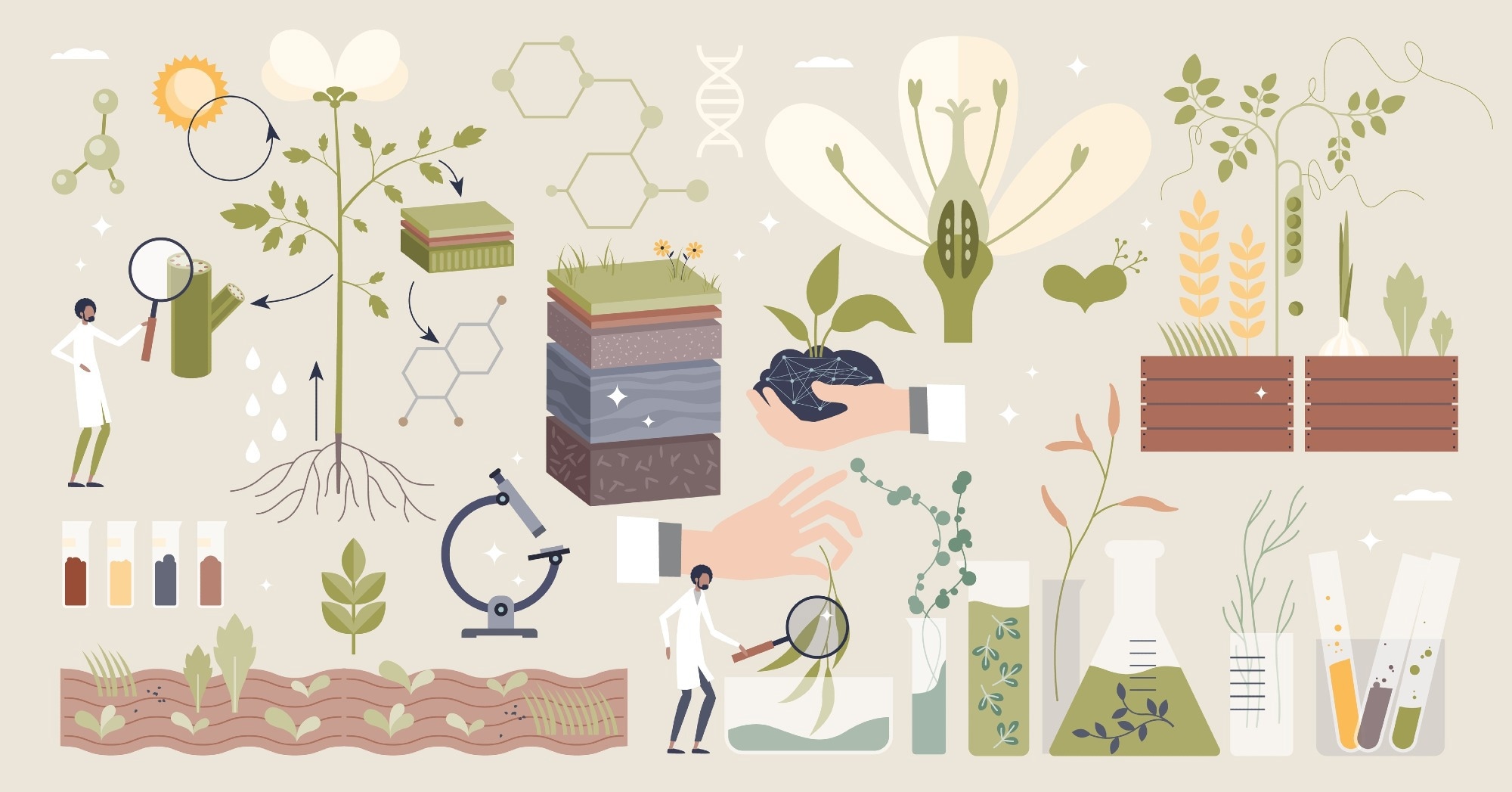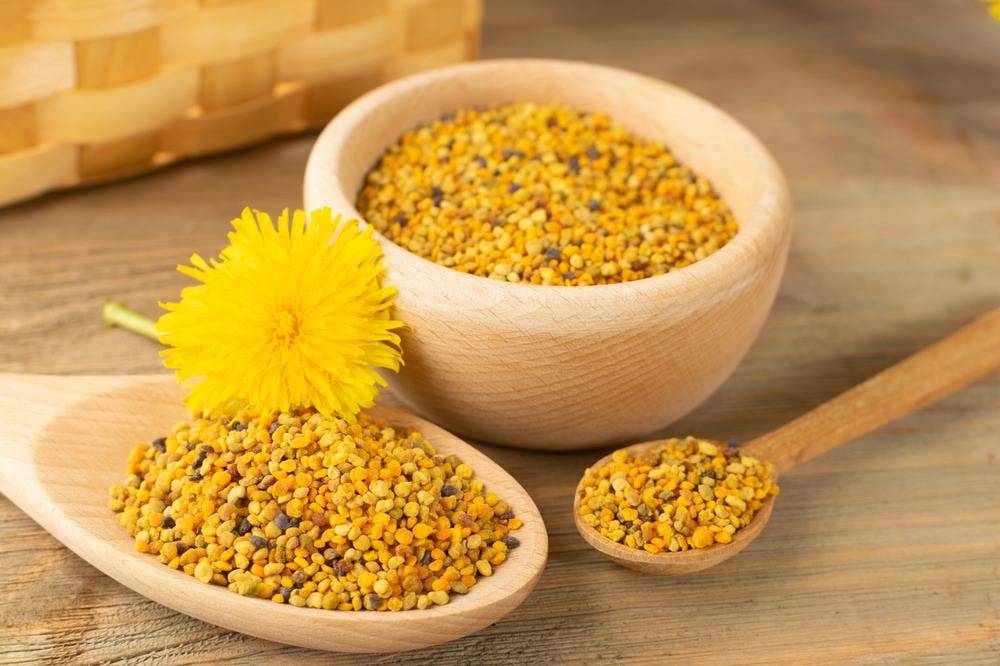Introduction
What is Flow Cytometry?
Flow Cytometry in Botany
Using Flow Cytometry to Improve Plant Breeding
Using Flow Cytometry for Direct Analysis of Pollen Fitness
Determining Pollen Traits
In Summary
References
Flow cytometry is a powerful analytical tool employed in several industries. This article will provide an overview of its use in the field of botany.
What is Flow Cytometry?
Flow cytometry measures the chemical and physical characteristics of populations of cells or particles. In a cytometer, target sample populations are focused into a single column, flowing through a laser beam one cell or particle at a time. Light is scattered when they pass the laser beam, which reveals the characteristics of cells and components.
Target cells or particles are stained with fluorescent markers. These markers absorb light and emit it in the form of wavelengths, which are then analyzed by the system's software to build a fingerprint of the sample based on its optical characteristics. Flow cytometry is a powerful, high-throughput analytical method that can examine and provide information on thousands of cells a minute.
This technique is routinely used in laboratory-based studies, clinical trials, and clinical research. Uses include cell sorting, cell counting, protein engineering detection, detecting biomarkers, determining cell function and characteristics, and detecting microorganisms.

Image Credit: VectorMine/Shutterstock.com
Flow Cytometry in Botany
While flow cytometry has found widespread application in medical science, it is not the only research field that this analytical technique is used. Scientists working in botany and associated fields have taken advantage of its powerful potential for rapidly characterizing the properties and function of cells.
Agriculture is faced with several critical issues in the 21st century. Population growth, climate change, environmental damage, and crop diseases cause problems ensuring food security for the world population. Furthermore, biodiversity is decreasing at an alarming rate, with experts estimating that between 200 and 2,000 species become extinct yearly. The true number of plant species being lost is unknown, with several potentially becoming extinct before they are even discovered.
Rapid analysis and categorization of plant cells is needed to elucidate genetic information, improve breeding success, and monitor the effect of climate change and pathogens on plant species worldwide. Flow cytometry gives botanists a powerful addition to their analytical toolkit. Several recent papers have been published demonstrating flow cytometry's benefits for this field of research.
Using Flow Cytometry to Improve Plant Breeding
Ensuring food security in a changing world is a critical concern for the agricultural industry, food scientists, and plant scientists. Crops that can withstand pest activity, flooding, fluctuating temperatures, and produce bigger yields are currently in critical demand.
Flow cytometry has proven its efficacy in helping researchers rapidly accelerate the selection of more robust and productive crops due to its versatility and high-throughput analysis of large cell populations.

Image Credit: Ermak Oksana/Shutterstock.com
Using Flow Cytometry for Direct Analysis of Pollen Fitness
The fitness of male gametophytes is essential for sexual reproduction in plants. Many crops rely on efficient pollination to reproduce, but pollen can be extremely sensitive to heat stress due to environmental fluctuations.
As the world warms due to climate change, this is becoming a critical issue affecting global food supplies. Pollen fitness affects several phases of sexual reproduction in plants, including grain maturation, dispersal, germination, and fertilization.
Determining the viability of pollen grains provides researchers with an essential control for evaluating plant reproductive potential and answers fundamental questions in the field of pollen cell biology. Many assays have been developed over the decades to evaluate pollen grains' fitness, including the Alexander stain. This assay uses differential turquoise and red color staining to differentiate between live and dead cells.
Conventional analytical techniques do not provide the high-throughput analysis needed to count and characterize healthy and compromised pollen grain cells rapidly. Moreover, Alexander stains possess some limitations, including the inability to distinguish live and dead cells in some plant species. Several histochemical techniques have been developed to overcome these issues, but many are cytotoxic.
A research paper published in 2019 in the plant journal reported using a flow cytometry technique for pollen fitness evaluation using a ROS probe and H2DCFDA staining. This fluorescein-based dye is a ROS indicator, similar to FDA. It can be used to stain a wide variety of plant cells.
The team behind the research tested their proposed methodology on plants, including species of tomato, cucumber, and poppy. Strong fluorescent signals, which discriminate between live and dead pollen cells, were produced.
The team discovered that heat stress increased the levels of reactive oxygen species and reduced pollen germination. Furthermore, they demonstrated the suitability of flow cytometry for investigating heat stress on metabolic changes and pollen viability.
Determining Pollen Traits
Identifying and quantifying pollen is a vital but challenging task for plant scientists. Providing this information helps researchers address several ecological and evolutionary questions. Currently, microscopy is commonly used for pollen identification and quantification. Flow cytometry can provide vast benefits to researchers for these critical tasks.
A study from 2020 used flow cytometry and deep learning to determine morphological pollen traits such as symmetry, size, and structure. A neural network was trained on over four hundred thousand images of pollen from thirty-five different plant species, easily identifying them during analysis.
The authors have stated that using their proposed method in conjunction with a comprehensive pollen database will provide significant benefits for rapid quantitative analysis and identification of species and traits.
In Summary
Flow cytometry provides botanists with a powerful analytical toolkit. Able to rapidly count, sort, and differentiate between different cell or particle populations, this technique can be used for morphological analysis, genetic research, aid the rapid selection of crops that can better withstand the effects of climate change, and help researchers ensure food security and protect biodiversity.
References:
Further Reading